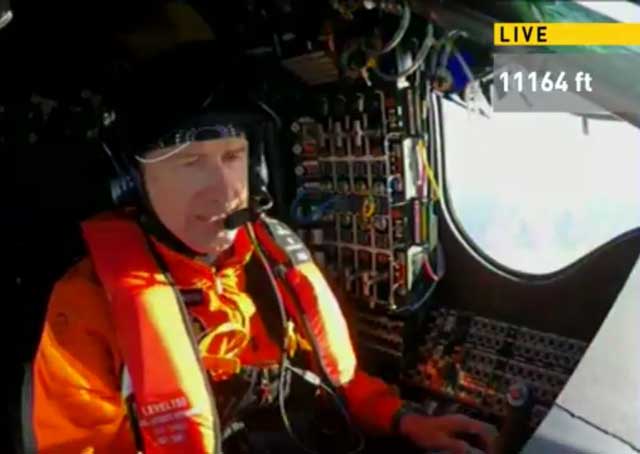-
Tips for becoming a good boxer - November 6, 2020
-
7 expert tips for making your hens night a memorable one - November 6, 2020
-
5 reasons to host your Christmas party on a cruise boat - November 6, 2020
-
What to do when you’re charged with a crime - November 6, 2020
-
Should you get one or multiple dogs? Here’s all you need to know - November 3, 2020
-
A Guide: How to Build Your Very Own Magic Mirror - February 14, 2019
-
Our Top Inspirational Baseball Stars - November 24, 2018
-
Five Tech Tools That Will Help You Turn Your Blog into a Business - November 24, 2018
-
How to Indulge on Vacation without Expanding Your Waist - November 9, 2018
-
5 Strategies for Businesses to Appeal to Today’s Increasingly Mobile-Crazed Customers - November 9, 2018
Solar plane takes off from California for Arizona
A solar-powered ultralight airplane called Solar Impulse 2 set out this morning from California’s Silicon Valley for what’s expected to be a 16-hour flight to Phoenix, marking another step in its environmentally friendly round-the-world odyssey.
Advertisement
A solar-powered airplane has taken off from California for Arizona, the latest leg of its journey around the world using only energy from the sun.
Swiss pilot André Borschberg was at the helm of the plane that began a circumnavigation of the globe past year.
Solar Impulse 2 was grounded in July a year ago when its batteries suffered problems halfway through its 21,700-mile (35,000-kilometer) circumnavigation. The pilots are on a quest to complete the first around-the-world trip in a solar plane.
The plane, which runs on solar-powered batteries, had stranded by high winds in California for several days after flying from Hawaii. The plane has a huge wingspan, stretching wider than that of a Boeing 747. The four engines of the propeller-driven aircraft are powered exclusively by energy collected from more than 17,000 solar cells built into its wings.
The single-seat aircraft began its voyage in March 2015 in Abu Dhabi, the capital of the United Arab Emirates, and has made stops in India, Oman, Myanmar, China and Japan.
Before that, the onward flight had been delayed for nine months while repairs were carried out on the plane’s battery system, which had suffered heat damage on its trip from Japan.
Piccard completed the trans-Pacific crossing last month, reaching San Francisco after a flight of almost three days, more than three times longer than the 18 hours it took Amelia Earhart to fly solo from Hawaii to California in the 1930s.
The Pacific crossing was the most unsafe due to a lack of landing sites in the event of an emergency.
The 63-year-old adventurer took off at the early hour to take advantage of a clear weather window as he flies to Phoenix Goodyear Airport in Arizona, which should take about 16 hours and 20 minutes. Then he prepared for media interviews and made breakfast plans. “The mission aims to promote the use of renewable energy, with an aircraft powered by 17,000 solar cells”, according to a news report published by Phys.
Advertisement
Borschberg was able push the aircraft’s limits last June, during the Pacific crossing that took 117 hours and 52 minutes of flight time between Nagoya, Japan and Honolulu, Hawaii.





























